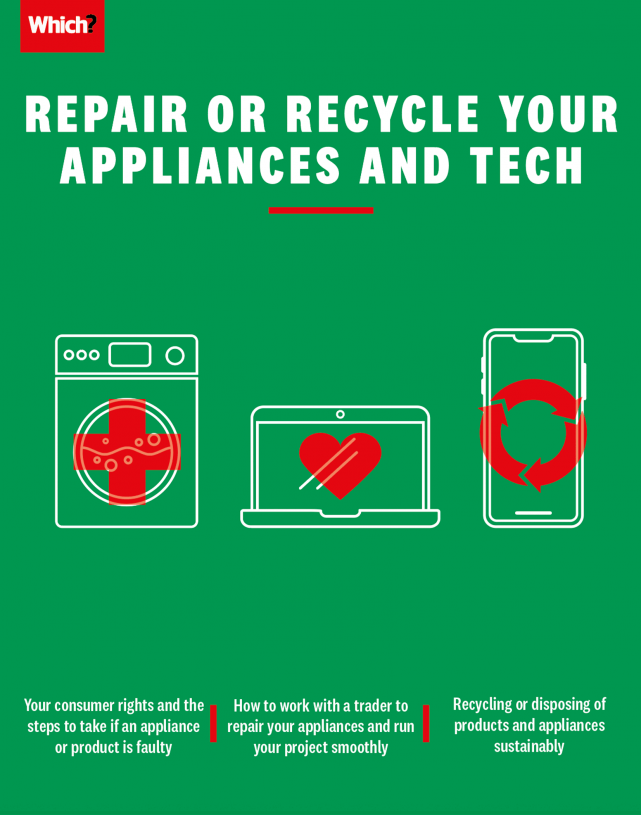User guide
Finding your way around the guide
To navigate between pages, click or tap the arrows to go forwards to the next page or backwards to the previous one. The arrows can be found either side of the page and at the bottom, too (circled in green, below).


Menu/table of contents
Click or tap on the three horizontal lines in the top-right of your screen to open the main menu/table of contents. This icon is always visible whether you're using a computer, tablet or smartphone. The menu will open on top of the page you’re on. Click on any section title to visit that section. Click the cross at any time to close the table of contents.
Text size
On a computer, you'll see three different sized letter 'A's in the top-right of your screen. On a smartphone or tablet these are visible when you open the menu (see above). If you’re having trouble reading the guide, click or tap on each of the different 'A's to change the size of the text to suit you.
Pictures
On some images you'll see a blue double-ended arrow icon. Clicking or tapping on this will expand the picture so you can see more detail. Click or tap on the blue cross to close the expanded image.
Where we think a group of images will be most useful to you, we've grouped them together in an image gallery. Simply use the blue left and right arrows to scroll through the carousel of pictures.
Links
If you see a word or phrase that's bold and dark blue, you can click or tap on it to find out more. The relevant website will open in a new tab.
Jargon
If you see a word or phrase underlined, click or tap on the word and small window will pop up with a short explanation. Close this pop-up by clicking or tapping the cross in the corner.
Help
On a computer, you'll see a question mark icon in the top-right of your screen. On a smartphone or tablet this is visible when you open the menu (see above).
Clicking or tapping on the question mark will open this user guide. It opens on top of the page you're on and you can close it any time by clicking or tapping the cross in the top-right corner.

Your consumer rights
Whether it’s your oven, dishwasher, laptop or phone that’s faulty, find out who to approach and how to give yourself the best chance of getting the result you want.
What to do if you have a faulty product
The Consumer Rights Act (2015) gives you the right to reject and receive a full refund for products that are of unsatisfactory quality, not fit for purpose or not as described. However, what action to take and what help you’re entitled to depends on how long you’ve had your goods.
Within the first 30 days
If your product is this new, you have the right to a quick refund (excluding perishable items). You'll need to contact the retailer, tell them about the problem and confirm that you want your money back. If it’s a digital download, the retailer has one opportunity to replace before you can claim a refund.
Between the first 30 days and 6 months
If you find a fault within six months, the assumption is that it was there from the start. The onus is on the retailer to prove that it wasn’t, rather than on you to prove that it was. The retailer has one chance to repair or replace faulty goods before offering a full refund. You can state whether you’d prefer a repair or replacement, but the retailer has the right to choose which they offer.
After six months
From this stage, it’s up to you to prove that the product was faulty when you bought it. This can be tricky, but could be gleaned from evidence of similar problems across a range, or an expert report. If an attempt to repair or replace isn’t successful, the retailer is also allowed to make a deduction from the refund for fair use over the time you had it.
Read more about your rights if you have a faulty product.
Right to repair – phones, computers and components
Tech can bring extra challenges when it comes to your rights around repairs.
Faulty phone
If your mobile becomes faulty, and assuming it hasn’t been dropped or fallen into the bath, then you have some rights by which you can get it replaced or repaired.
- Contract phone – contact your service provider or retailer. As with any product, a mobile handset needs to be fit for purpose and of satisfactory quality. If it has conked out before the two years of a two-year contract has elapsed, you could argue that it isn’t. However, if you’ve had it for more than six months, the service provider can insist that you prove that there was a problem with it from the beginning. An engineer’s report is one solution, but you’ll need to pay for this.
- You own the phone – If you bought the phone separately, you will need to raise the problem with the retailer. A quick, free repair or replacement is your legal right if the phone is less than six months old. After six months, you may need to prove it was faulty from day one.
Our Consumer Rights site has more advice on your rights if you have a faulty phone.
Laptop repair problems
If you send your laptop, phone or other piece of tech to a company to repair, but this is not carried out with reasonable care and skill, you can claim back at least the cost of the repair, but not necessarily the value of the device. It’s therefore important to check the contract to see what’s covered. Your statutory rights as a consumer can sometimes be more useful than a repair service or a warranty, as these last for six years. Computer repair services vary a great deal, even within one company.
An undercover operation by Which? in 2018 revealed that national chains such as Currys PC World and iSmash didn't offer a consistent service from branch to branch. Prices fluctuated wildly on identical repairs and replacement parts. Overall, we found that independent repairers offered a better service. Not only were they often far quicker, but the average repair cost was much lower. On top of this, they were far more likely to return the computer with all personal files recovered. On the plus side, most stores – both independent and chains – warned our shoppers about the risk of data loss and returned the laptop in working order.
Broken components
Components may not be covered by a warranty, so if the charging cable fails within a year or two of owning your laptop or tablet, it’s likely it wasn’t of a satisfactory quality at the time of purchase. As with all other products, you have statutory legal protection to receive a free repair or replacement of faulty items, independent of any warranty or guarantee.
If you’re having problems with something you’ve bought, Which? is here with clear information on your rights, and how to make a complaint in a way that gives results.
Buying online/by phone/mail order
Here you are protected by the Consumer Contracts Regulations, which gives you the right to cancel most orders any time after you’ve placed it until 14 days after you receive the goods, even if they’re not faulty. You then have 14 more days – from the day of cancellation – to return the goods.
Buying in the shop
You do not have an automatic right to return goods you purchased from a shop and get your money back (unless faulty), so check the returns policy of the retailer before you buy. Most retailers do have a ‘goodwill’ returns policy, offering an exchange, refund or credit note. If goods are faulty, that’s another matter.


